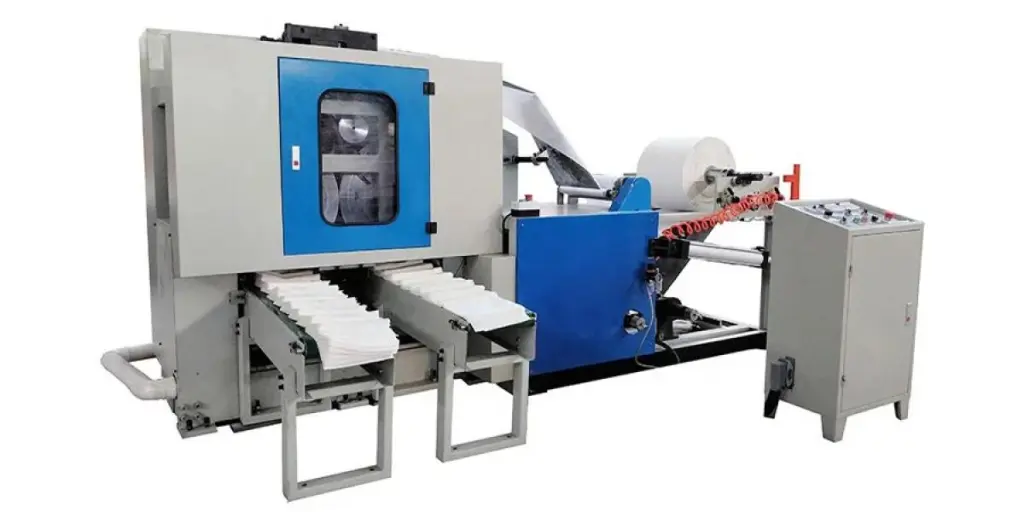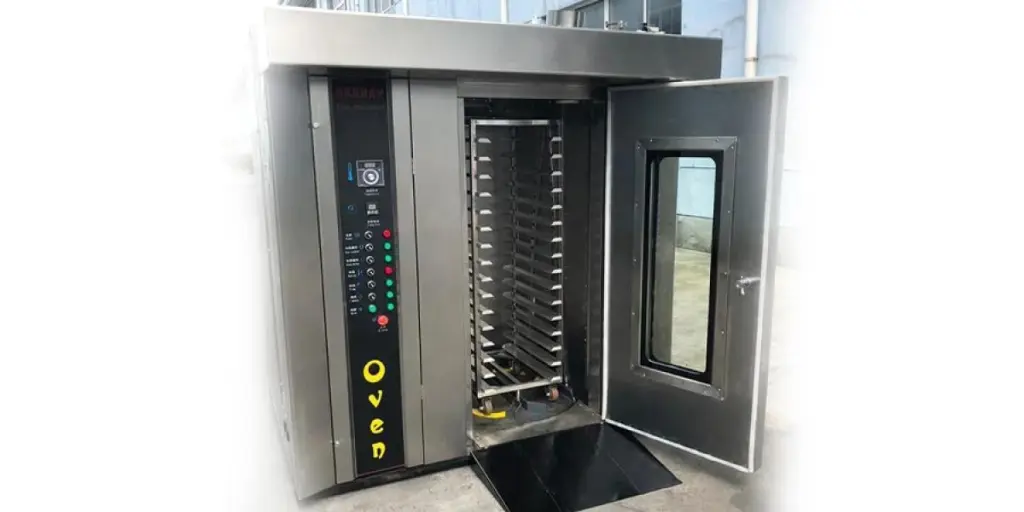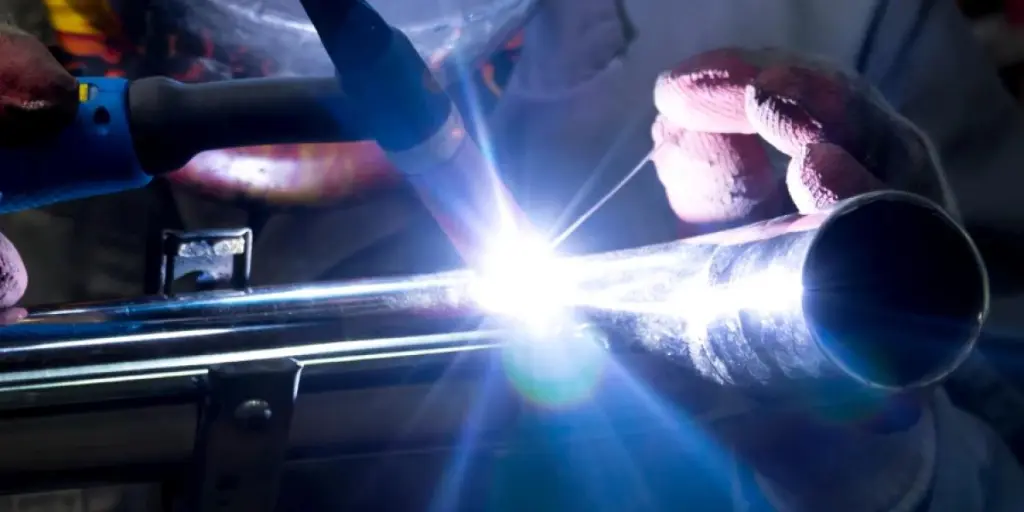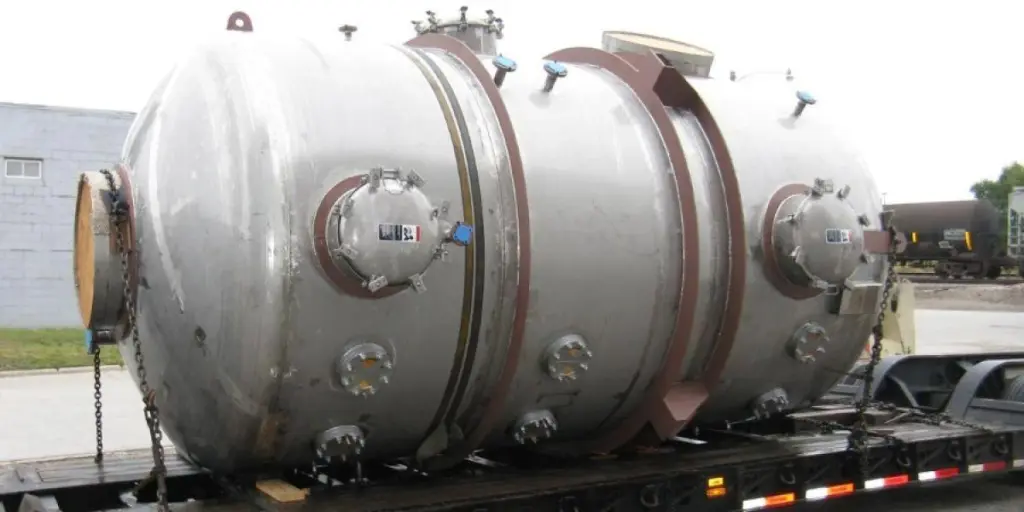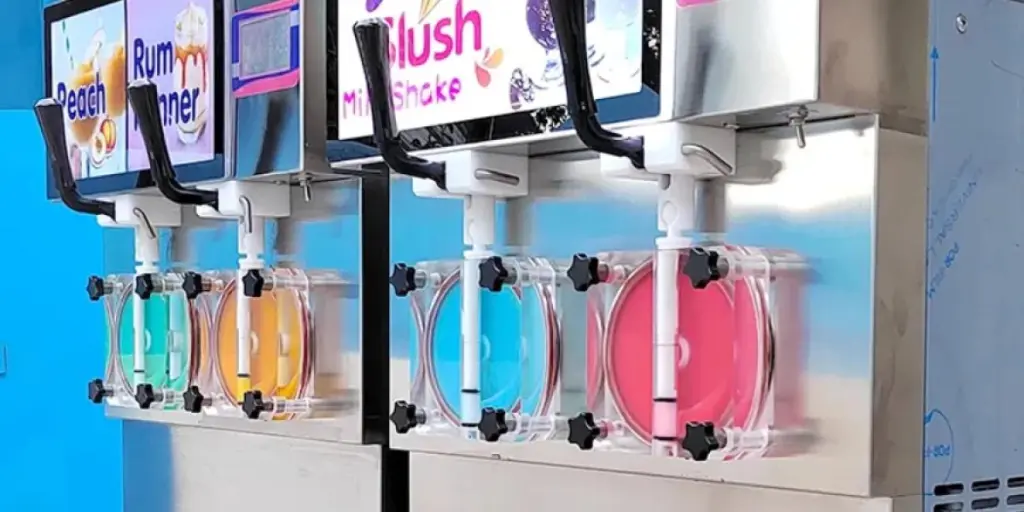Introduction
Writing on paper has been a popular means of communication for centuries. Until the invention of the internet, when emails were introduced, letters and formal communication were most commonly written on paper. But despite this shift towards digital correspondence, there is still a lot of room for businesses venturing into the paper-making industry to make a profit. With this in mind, this article will look at the essential selection tips for paper-making machines, so that businesses can source the best models with confidence!
Table of Contents
Selecting a paper making machine
Types of paper-making machines
Final thoughts
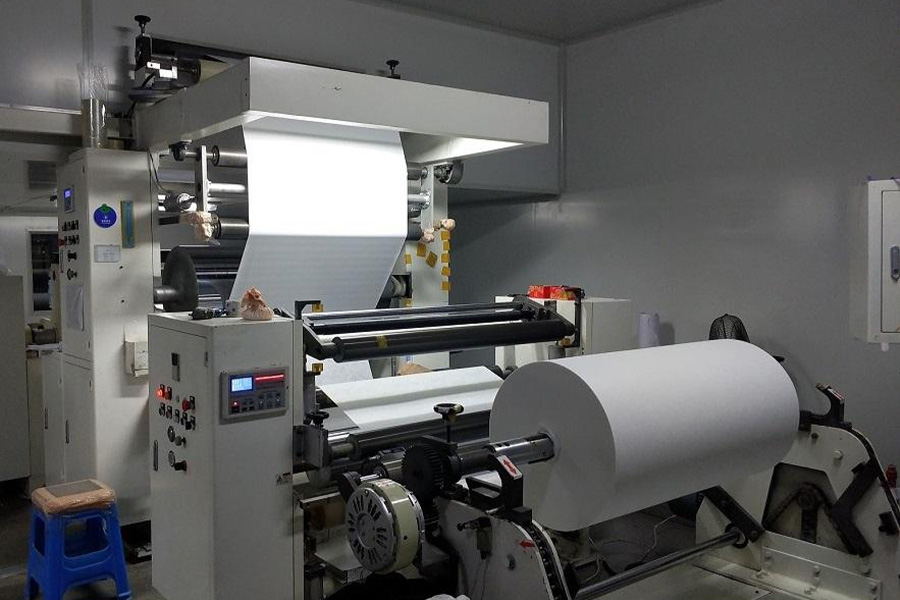
Selecting a paper-making machine
Factors to consider when selecting a paper-making machine
Experience and reputation of the manufacturer
The experience of a manufacturer is essential to businesses because it can indicate that the manufacturer’s products are of good quality. Manufacturers developing papermaking machines for a long time will have learned what the industry demands, and will create machines that meet these requirements. Some reputable manufacturers that businesses could choose from include Technocarton, Burgo Benelux, and Toscotec SPA.
Cost
The cost of the machine will vary depending on the technology used, the machine’s output, and its size. Paper machines cost from as low as US $9000 to US $97000. Therefore, businesses should select machines that they can afford, which can still satisfy their needs.
Ease of operation and maintenance
Some paper-making machines may be easy to use, while other machines may not be easy to use. When purchasing a paper-making machine, businesses should first find out whether they are easy to use. Getting a technician from the manufacturer could be helpful to them too. In addition, businesses should enquire on how maintenance of the machine should be carried out as well as the availability of the spare parts. The business could also request training of personnel.
Safety
Businesses should purchase machines with good safety features to ensure the operators’ safety. Machines should be operated in rooms that have adequate space to avoid being clipped by nips and pinch points. The correct procedure should always be used when running the machine. Personnel should also be well dressed in protective equipment such as eyewear, ear muffs, overall/coat, and safety boots.
Productivity
Production capacity is the amount of paper produced per unit of time. It is measured in meters per minute, and it varies from machine to machine. Some machines have a production capacity of 200m/min, while others have a capacity of 300m/min. Businesses should select machines with an output that suits their production needs.
Paper size
Paper-making machines have different paper dimensions that they manufacture. The paper width depends on the use of the business. Available paper widths include 1600mm, 1800mm, and 2640mm. Businesses should select the appropriate paper width depending on the needs of their clients.

Features of a paper-making machine
The headbox
The headstock receives the mixture of pulp and holds it before it’s taken through filtration. Three things are done in the headbox: breaking up pulp blocks by turbulence, ensuring flow distribution through the paper machine, and controlling the velocity of the jet leaving the headbox by the pressure in the headbox. This allows the pulp to flow through several rotating perforated rolls. The pulp, also called the stock, leaves the headbox as a free jet onto the forming screen where the filtration process begins.
The forming section
The pulp goes through the fourdrinier table, a series of vacuum boxes, and a couch roll. On the fourdrinier table, the pulp is drained of water by being placed on a forming wire with foils under it. The vacuum boxes help flatten the top surface of the pulp (now a sheet) and improve its finish. While on the couch roll, more water is removed from the sheet.
The dryer
The paper leaves the press section and goes into the dryer at a consistency of 40-45%. The dryer has 40 to 70 steam dryer cylinders that remove more water by evaporation. Dryer felts are used to hold the heated surfaces.
The calendering
In calendaring, the paper is passed through the calendar stack. The calendar stack is a vertical stack of solid iron rolls. The iron rolls impart higher compression cycles to the paper. The calendar stack reduces the thickness of the paper. It also makes the paper more printable by increasing the smoothness of the paper.
The press section
In the press section, water is squeezed from the wet web. This increases the solid content and reduces the thickness of the paper. It also helps improve the bonding of the fibers.
Reel
The paper web is wound on a large roll known as a reel in preparation for storage. Calendering and the reel are among the last stages of paper making.
Winder
From the winder, the paper is unwound and cut into different sizes according to the client’s specifications.
Types of paper-making machines
Cylinder mold paper machine
The cylinder mold paper machine manufactures the paper by placing the mixture of pulp and water on the cylinder.
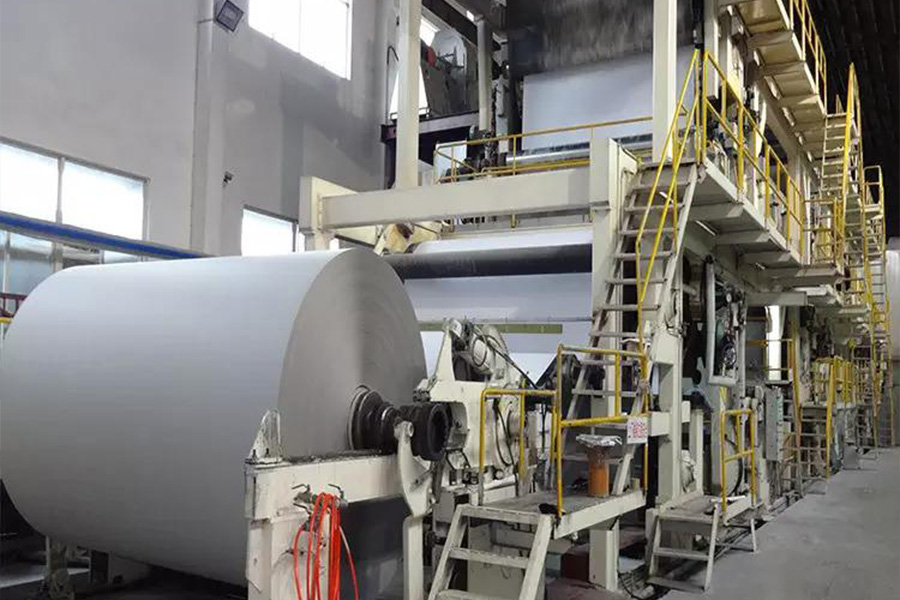
Features
- Consists of one or more tubes of wire screen.
- The tubes are partially immersed and rotated in a vat containing a mixture of pulp and water.
- The screen picks up a film from which the water drains.
- The wet sheet is transferred from the cylinder to a continuous web.
Pros
- It is easy to operate.
- It is suitable for small and medium businesses.
- It has a simple structure.
- It has a low initial cost of investment.
Cons
- Does not suit large businesses.
Fourdrinier paper-making machine
The Fourdrinier paper machine manufactures paper, paperboards, and other fibreboards.

Features
- It has a wet end, calendar section, press section, and dryer section
- It features a horizontal moving fine mesh, woven wire cloth, or plastic fiber on which the pulp slurry is deposited.
Pros
- It has a faster driving speed.
- It has a stronger water separation capability.
- It is suitable for making paper in large batches.
- It has a high output with a working speed of 70 – 100m/min.
Cons
- It is costly to buy.
- Small and medium businesses cannot use it.
Final thoughts
Acquiring a suitable paper making machine for a business could mean the difference between making a profit or a loss. However, beyond this is the benefit of optimizing businesses for the clientele’s needs and maintaining the quality of the paper produced. This article has looked at key things to consider when purchasing paper-making machines. Visit Alibaba.com for a selection of the best paper-making machines in the market.
